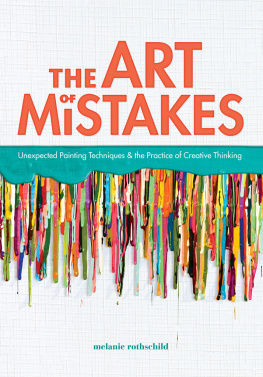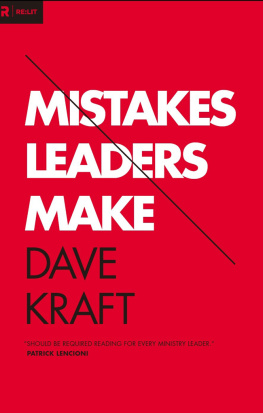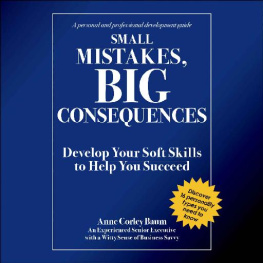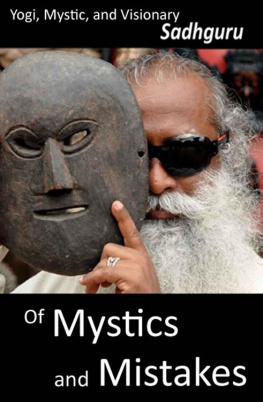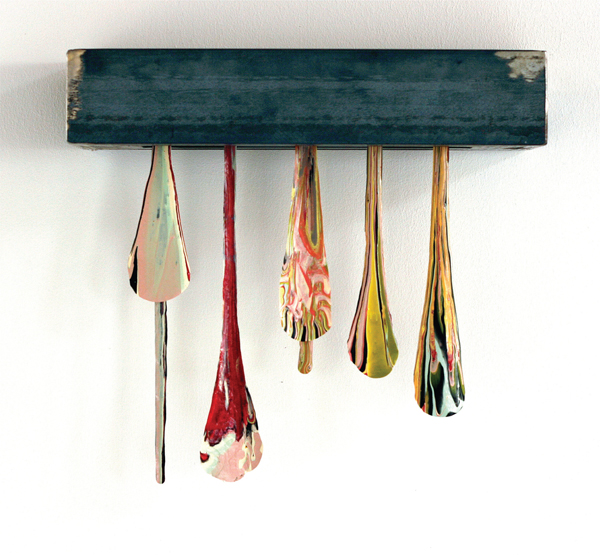Thank you for purchasing this Artist Network eBook.
Sign up for our newsletter and receive special offers, access to free content, and information on the latest new releases and must-have art resources! Plus, receive a coupon code to use on your first purchase from NorthLightShop.com for signing up.
or visit us online to sign up at
http://artistsnetwork.com/ebook-promo
DEDICATION
To Larry, whos learned the art of living with my mistakes.
Contents
.: Paint & Air Skin :.
A NOTE
Although wonderful art inspiration books exist, most of them offer a step-by-step method. My approach is quite different: Rather than propose a how-to guide for creative thinking, my goal is to present an overall unlocking of the creative spirit, believing that once the case for artistic confidence is made, the actual steps will largely fall into place. An analogy can be made to lovemaking: Once the passion is ignited, the actual details follow accordingly.
It is perhaps, a pre-step-by-step guide.
materials used
- acrylic paint
- burnisher
- craft knife
- dimensional fabric paint
- fan brush
- high-quality masking tape
- latex paint
- liner brush
- paintbrushes in a variety of shapes and sizes
- painters tape
- scissors
- self-healing cutting mat
- thread
- variety of mark-making or stamp-making items (rolling pin, paintbrushes)
- wooden boards or canvases
PINK FROGS: AN INTRODUCTION
.: Sweet Pea :.
One interesting thing about life is that you never know when, out of nowhere, something is going to happen that will imbed itself in your gut.
Several years ago I was doing an art show, and a woman came over to me and asked if I could recommend an art class for her young daughter. Apparently the girl was very excited about taking an art class outside of school, but after giving it a try, things took an unexpected turn. The girl had done a painting with a pink frog, of which she was quite proudat least until the teacher explained to her that it was not acceptable.
The reasoning was straightforward: Frogs are green, not pink. Therefore, all would be well if the child would follow the teachers simple directions and change the coloration of her small, misguided amphibian.
The young artist was devastated. Shed had a plan. She couldnt understand why she wasnt allowed to follow through with her vision. Shed been looking forward to an art class, a place where shed be able to live out loud as her inner artist self, and this was not what shed been expecting, not in the least.
The chilling part for me wasnt really about this little girl; she was lucky to have a mother with enough clarity of thought to see the potential damage that lay ahead and to take pains to redirect her child from this spiritually toxic situation. I just couldnt stop thinking about all the kids with parents who would defer to such a teacher or with parents who would admonish a child for this sort of irreverent behavior.
It made me think about why people send their kids to art classes, or why, for that matter, any of us take art classes.
Certainly theres a lot to be learned: drawing, shading, perspective, crosshatching, sculpting, carving, molding and endless other wonderful skills that can develop lifelong tools for artists. But right in the center of the artists essential tool kit is one tool, arguably the most essential of all, that is easily forgotten in the dedication to attain perfection: becoming adept with the ecstasy of creating unruliness and understanding the profundity of that knack. Its the sweet spotthe intersection of art, imagination, new ideas and progress. This kind of understanding is possibly the most important reason for doing art at all. Maybe its even the reason that art exists.
From a parents point of view, isnt art the place where you want your kid to be bold and take chances? When you consider all the other kinds of risky behaviors out there, I think the art class is a pretty swell place for adventure.
I meet so many adults who talk about how much they wish they could do art but are rotten artists. Many of them say they have proof that they have no talent and often recount stories about some experience where a teacher or some authority figure told them that their work was not acceptable. Those feelings were internalized and poof!... they long ago bought into accepting someone elses judgment, and it has shut them down for years, maybe decades, or even forever. It all made me think... an art class can be a dangerous place.
ONE
An Art Class Can Be a Dangerous Place
.: Yellow Beezay :.
I am self-taught and hold the notion of the creative spirit very dear. I am exponentially grateful that my own creative force managed to flourish amid a world of shoulds and shouldnts. In appreciation of that good fortune, I have written this book with the intention of inspiring or, even more significantly, giving permission to those who may be unschooled but who are innate artists and have a creative burn sweltering inside of them.
So many people I encounter are intimidated by art because of a lack of formal training. I believe that for many artists, lack of training is not a disadvantage. It can actually be an invaluable asset. Understanding and appreciating this concept can be a momentous realization for artists and those who dream of being artists. Its a mind-set that can ultimately be deeply meaningful and yield much more creative juice than any particular technique.
In my own case, I came to paints and other materials without training, without any rules pounded into my head about how things are supposed to be done. I started by doing whatever I could dream up with no thoughts dancing around saying to me, Oh, you cant possibly do that. Thats just not how its done.
Id been to college but didnt feel I had any place in an art departmentthat was for the talented, not the dabblers. I majored in ethnic arts (think anthropology + indigenous art).
The kind of tribal art I studied academically touched me. I became absorbed with textiles from Thailand, African masks, Native American pottery. I loved the idea that in these cultures, art was for everyone. It wasnt separated in museums or cloistered in private for the upper crust. In these societies, art was part of life, and people knew and understood the fabulously decorated artifacts used in ceremonies and rituals.

